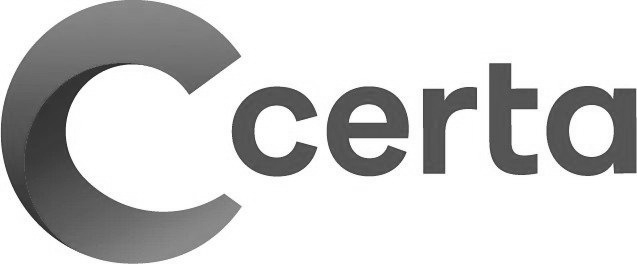Telematics, the integration of telecommunications and information technology, has revolutionised fleet management by providing fleet operators with a wealth of data and insights to optimise their operations. By leveraging telematics solutions, fleet operators can achieve fleet efficiency by:
- Vehicle Tracking and Location Monitoring:Real-time GPS tracking allows fleet managers to monitor the location and movement of each vehicle in the fleet. This helps optimize route planning, reduce fuel consumption, and improve overall operational efficiency.
- Route Optimisation:Telematics systems can analyze historical data and current traffic conditions to suggest the most efficient routes. This minimizes fuel consumption, reduces travel time, and increases the number of stops a vehicle can make in a given period.
- Fuel Management:Telematics can monitor fuel consumption in real-time by analyzing engine data. Fleet operators can identify inefficient driving behaviors, such as excessive idling, aggressive acceleration, or speeding, and take corrective actions to reduce fuel costs.
- Maintenance Planning:Telematics systems can monitor the health of vehicles by tracking various parameters such as engine diagnostics and mileage. Predictive maintenance alerts help fleet managers schedule timely maintenance, preventing breakdowns and reducing downtime.
- Driver Behavior Monitoring:Telematics can track and analyze driver behavior, including speeding, harsh braking, and rapid acceleration. By promoting safer driving habits, fleet operators can reduce accidents, lower insurance costs, and improve overall safety.
- Asset Utilisation:Telematics helps optimize the utilisation of fleet assets by providing insights into vehicle availability, usage patterns, and idle times. This information enables fleet managers to make informed decisions about fleet size and composition.
- Compliance and Reporting:Telematics systems can assist in ensuring compliance with industry regulations, such as hours of service (HOS) for drivers . Automated reporting features help streamline regulatory compliance and reduce the risk of fines as well as integrating with web-based tachograph analysis software.
- Customer Service and Communication:Real-time tracking allows fleet operators to provide accurate and up-to-date information to customers regarding delivery times. This enhances customer satisfaction and improves communication between the fleet operator and clients.
- Insurance Benefits:Some insurance providers offer discounts for fleets equipped with telematics systems. By demonstrating responsible driving behavior and implementing safety measures, fleet operators can reduce insurance premiums.
- Data Analytics and Reporting:Telematics platforms often provide detailed analytics and reporting tools. Fleet managers can use this data to identify trends, assess performance, and make data-driven decisions to continuously optimize operations.
Overall, telematics offers an integrated solution for unlocking fleet efficiency and improving fleet operations, reducing costs, enhancing safety, and boosting customer satisfaction. As technology advances, telematics solutions are becoming increasingly sophisticated and integrated, providing even more value to fleet operators in the years to come.












